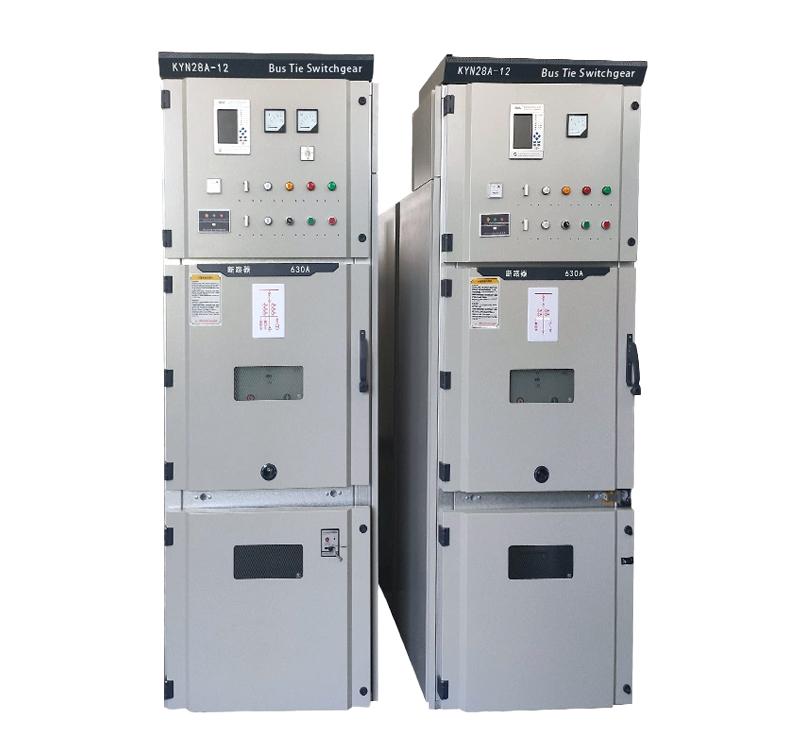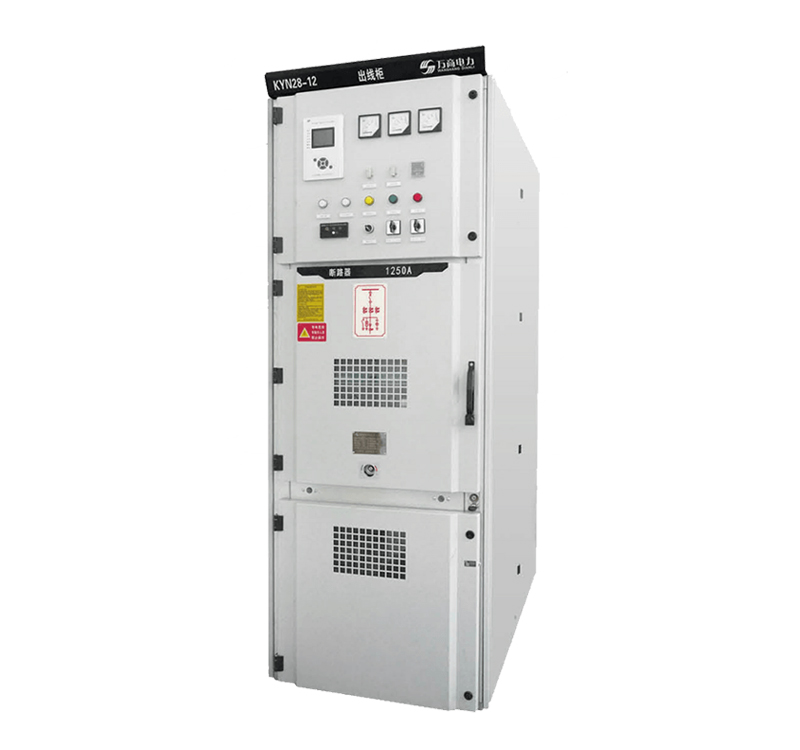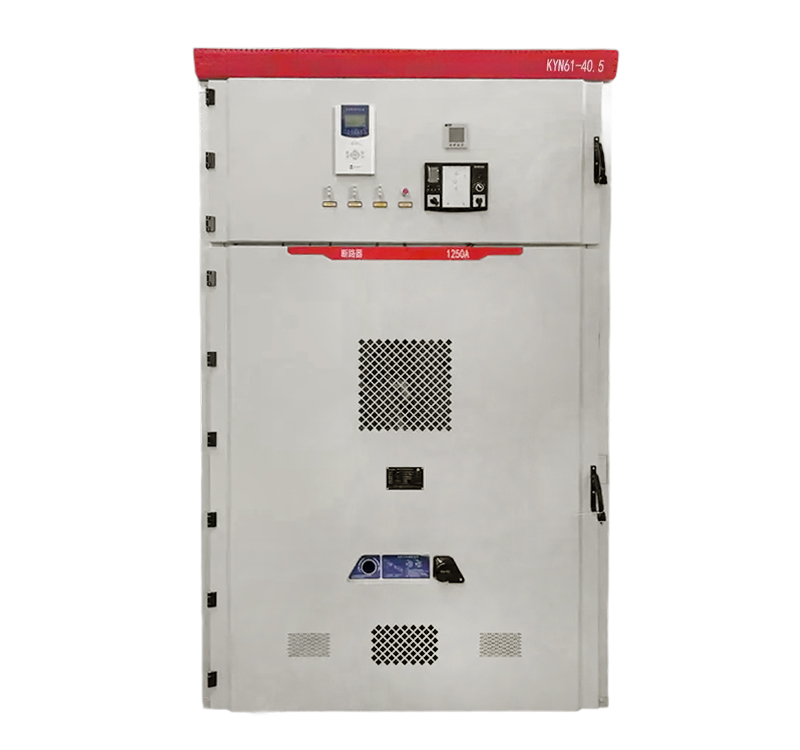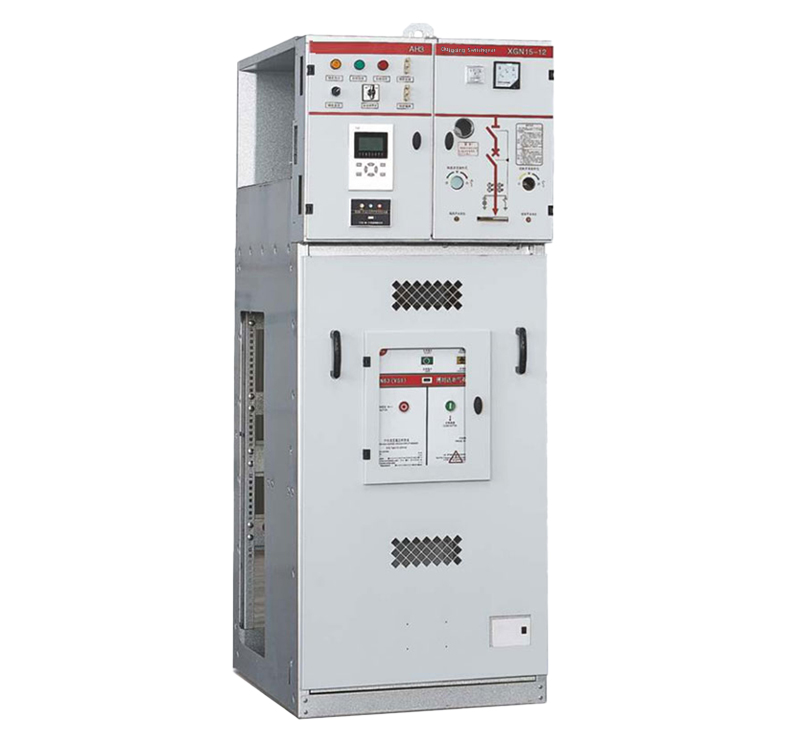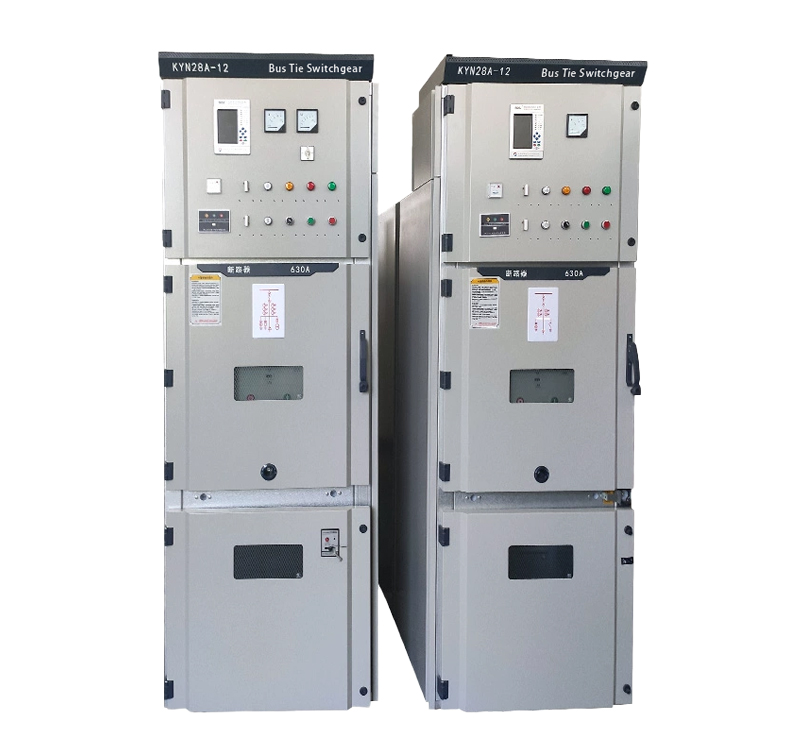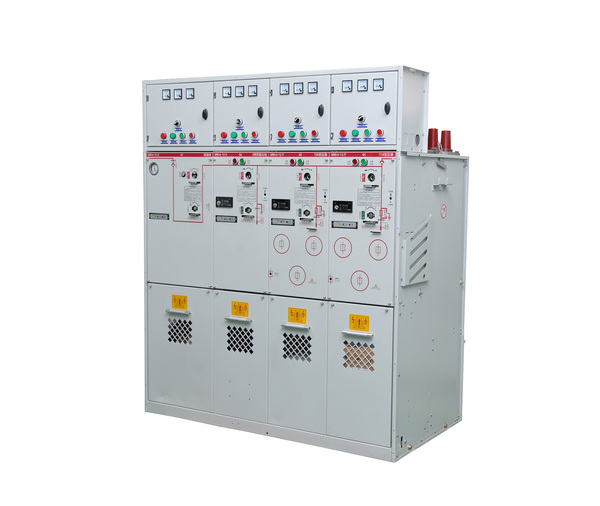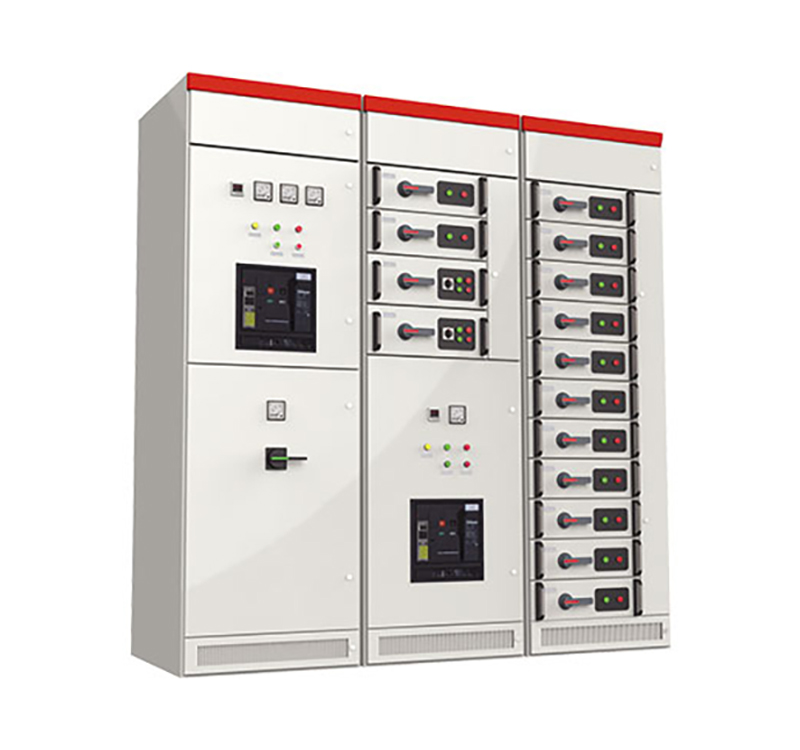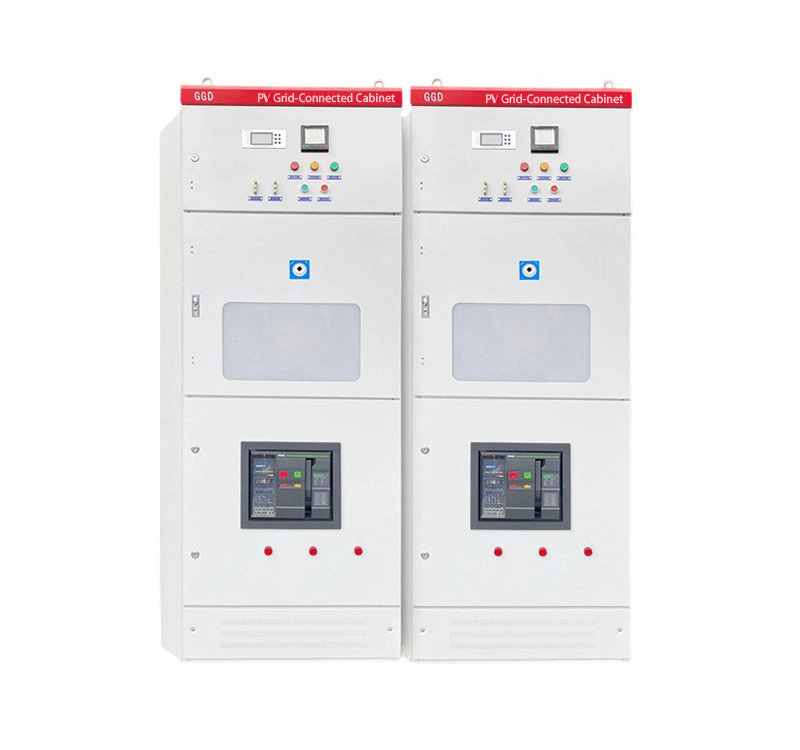
Switchgear destined for the North American market requires UL (Underwriters Laboratories) certification. UL is a U.S. safety certification organization. It develops its own standards, such as UL 891 (Dead-Front Distribution Switchboards), UL 67 (Panelboards), and UL 845 (Motor Control Centers), and also provides product certification services.
For products where UL does not have a specific standard, ANSI (American National Standards Institute) standards are typically applied. Examples include: ANSI/IEEE C37.20.1 for Low-Voltage Power Circuit Breaker Switchgear, ANSI/IEEE C37.20.2 for Metal-Clad Switchgear, ANSI/IEEE C37.20.3 for Metal-Enclosed Interrupter Switchgear, ANSI/IEEE C37.20.9 for Metal-Enclosed Gas-Insulated Switchgear, ANSI/IEEE C37.20.7 for Switchgear Internal Arc Testing, and ANSI/IEEE C37.04, C37.06 for Medium-Voltage Circuit Breakers, along with ANSI/IEEE C37.54 and C37.55 for Medium-Voltage Switchgear testing standards.
Similar to the domestic market (China), medium-voltage switchgear must undergo type testing according to applicable standards, but certification may not be mandatory. Certification for medium-voltage switchgear is less common domestically, with examples like XIHARI certification. Foreign certifications are more prevalent, such as TÜV, ASTA, as well as classification society certifications like DNV, ABS, and CCS (for marine switchgear). These represent typical certifications for medium-voltage switchgear.
Certification also necessitates type testing based on standards. Products are certified only upon demonstrating compliance with the standards and passing the required tests.
Sometimes, when dealing with international projects, there is an overemphasis on obtaining certification while neglecting the underlying standards and testing requirements. There can be a misconception that certification is merely a documentation review process, where compliance is assumed upon submission and payment, implying it can be easily obtained.
The primary focus for our products should be application suitability, meeting customer requirements, and compliance with applicable standards. IEC standards prioritize performance requirements and testing, whereas North American ANSI standards emphasize materials, construction, and safety.
Consequently, IEC-standard switchgear only needs to meet performance requirements and pass the tests. Product designs can be diverse and innovative – width, height, plate thickness, and busbar arrangement can vary freely. Technological and product innovation is encouraged; for instance, relatively thin steel plates can be used for enclosures, provided they pass tests like internal arc fault classification (IAC) and IK impact resistance. Busbar specifications for the same current rating (e.g., 3150A) can vary significantly: it could be two 120×10 mm bars, three 100×10 mm bars, or four 80×10 mm bars. Busbars can be arranged horizontally front-to-back, top-middle-bottom, or in a triangular configuration.
In contrast, ANSI/IEEE standards prescribe specific enclosure constructions, steel plate thicknesses, ventilation requirements, etc. Different standards govern distinct product types. For example, the ANSI/IEEE C37.20.2 standard for Metal-Clad Switchgear defines double-ended, drawout circuit breaker switchgear. Designs with fixed-mounted circuit breakers or load switches are not covered under this standard. Ratings typically go up to 4000A continuous current and 63kA short-circuit current.
Metal-Enclosed Interrupter Switchgear falls under ANSI/IEEE C37.20.3. For 15kV, load switch ratings typically max out at 1200A, 25kA. Combinations involving a load switch plus a circuit breaker are limited by the load switch current, also maxing out around 1200A. Metal-Enclosed Interrupter Switchgear can also incorporate drawout circuit breakers, with maximum continuous current ratings typically up to 2000A.
Therefore, if a customer requests a 4000A switchgear with a disconnecting switch and a fixed-mounted circuit breaker, it would not conform to any applicable IEEE standard. The ANSI/IEEE C37.20.3 standard limits fixed-mounted circuit breakers combined with load switches/disconnects to 1200A. A 4000A rating in this configuration has no corresponding standard, meaning it cannot be IEEE compliant.
North American medium-voltage switchgear typically does not incorporate integral grounding switches. Grounding is achieved using portable test grounding devices (grounding test trucks). Consequently, if a grounding switch is insisted upon for installation within the switchgear enclosure, the design can only reference IEEE standards rather than fully comply with them.
North American ANSI/IEEE C37.20.6 covers the standard for these grounding and test devices.
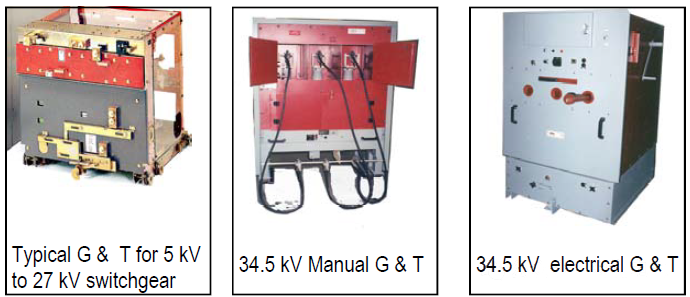
For product design, compliance with the relevant standard is paramount, followed by testing and certification. It is not advisable to submit conventional products not designed to North American standards for UL certification. Even if certification is granted by a particular body under such circumstances, it holds little value. If problems arise at the U.S. customer site, the manufacturer will still be held responsible and liable for remediation.
